Articles of 2005
Unforgettable Things About Joe Louis
The Sweet Science is proud to present the Hank Kaplan Classic Series, a collection of stories reproduced from several sources, among them “Hank Kaplan's World-Wide Boxing Digest,” his successful magazine that was published in the early 1980s. Mr. Kaplan is known far and wide as the world's foremost boxing historian. He is chairman of the induction committee for the International Boxing Hall of Fame and a member of the World Boxing Hall of Fame. His perspective on all things fistic – both past and present – provides invaluable insights.
* * *
If there is a custodian of the legacy of the Sweet Science, a guardian of the sport's rich tradition, surely it is Hank Kaplan. Here's a man who's done it all and seen it all – from his vantage point as a former fighter, manager, promoter and publisher. Possessor of a sharp wit and blistering recall, he's been boxing's preeminent information source for many years.
Hank's archives are the most extensive in the world, totaling over a million documents and serving as the definitive chronicle of the sport's history, from the bare-knuckle period to the present day.
Among his many honors, Hank is a winner of the James J. Walker Award, given for “long and meritorious service to boxing.” You can say THAT again.
He's a national treasure. OUR national treasure.
In this first installment, he pays homage to another national treasure.
If Joe Louis were still alive, he'd be celebrating his 91st birthday today. So obviously we thought it appropriate to post this Kaplan Classic, which originally appeared in the magazine, “Hank's Kaplan's World-Wide Boxing Digest” in June of 1981.
Unlike many of us, Hank was there when Louis was heavyweight champion of the world. His early years in boxing were contemporaneous with Louis' lengthy title reign, meaning he was a witness to all the components that contributed to the development of the Louis legend – the grand media buildup, the public adulation, the breaking of racial barriers, the path to immortality that was paved through great performance after great performance – all of it as it was happening. That kind of perspective is priceless.
As you read this piece, you will notice Hank writes with great reverence about Louis' famed left hook.
But 24 years have passed since that story ran, and sometimes opinions can change a bit.
When I was interviewing him recently, Hank explained that a new heavyweight may have supplanted Louis as the left hook master.
“The most powerful left hook in all the history of the heavyweight division is David Tua,” he said. “If he lands that left hook on your chin, you're going down. The problem is, he's got to make it land.”
Surely, Tua's ultimate destination has yet to be determined. But the jury came in on the Joe Louis Case a long time ago.
Final verdict – he's a champion – then, now and forever.
So is Hank.
Enjoy.
Charles Jay, Editor-in-Chief
May 13, 2005
* * *
His left jab was the greatest in boxing history; a radical departure from the makeup of any heavyweight who preceded him. The only jab that approached the offensive quality of his damage-inflicting left since then belonged to Sonny Liston. Joe's was piston-like, stinging, head-popping, accurate and always majestic.
At that point soon after his introduction to boxing at the Brewster's Center in Detroit he appeared awkward and with little promise to those charged with teaching him. He suddenly felt neglected but not discouraged as he repeated to himself, “I'm gonna make it, I'm gonna get there.”
His left hook was classic. It was short, even shorter than Dempsey's, and was the most damaging among all heavyweights. And, to his credit, he learned it by himself. The evolutionary stride in the development in his left hook since the days of Baer, Carnera, Sharkey, Schmeling and Tunney was massive. And since his day, no heavyweights have been able to improve on it, let alone perpetuate it. His hook, considering its power and effectiveness is conspicuous by its oneness.
In his first amateur fight against Johnny Miler, a tough light heavyweight who had lost seven straight, Joe was put on the deck seven times, enough to take the heart out of most neophytes. One can guess at the fortitude and guts it took for a humiliated and sensitive kid to return to the gym where he had to face some of the skeptics who pegged him before the first amateur trial as one “who would never make it.”
At his peak Joe Louis was the most destructive two-fisted puncher who ever pulled on a boxing glove. He was the most formidable and at the same time the prettiest fighter to face an opponent inside the roped square. His punches were delivered so effortlessly, yet driven by fierce power.
On that June night at Yankee Stadium in 1936 against Max Schmeling, a young and inexperienced Joe Louis entered the ring the most heralded heavyweight in boxing history. In an astounding upset Louis headed for the dressing room with a swollen face, bruised lips, his left eye half closed and his cheekbones welted. He was a pathetic figure. Fighting men less resolute would have left their gear in the dressing room as a finale to their boxing careers. There wasn't an excuse or an alibi in sight, only compliments for “The Black Uhlan” and his dynamic straight right hand. His head and face still wrapped in a towel, Louis turned to Jack Blackburn and said, “But I sure showed them I could take it, didn't I Chappie?”
He wasn't aware of it at the time, but his style and efficiency served to make him a precursor in the psych-out art. Without a pre-fight utterance or unsightly stare he struck fear in the hearts of men not likely to be so affected. Opponents were known to freeze in the dressing room; others melted after a couple of rounds, finding early futility.
The accusation has been cast that Joe Louis was unable to take a punch. True, he hit the deck a number of times, but it is difficult to recall when he was so physically disturbed or lacked the courage to get back into the battle. Boxing rules point up that a fighter is still in the thick of things unless he can't beat the ten-count.
Who can forget the power in his right hand when he paralyzed the Basque Woodchopper, Paulino Uzcudun, the man nobody ever knocked out before?
In 1939 light heavyweight champion John Henry Lewis, a close buddy of Joe Louis, insisted on a chance to fight for the heavyweight title.
Other noteworthy light heavies before him tried and failed, but at that time he looked pretty well isolated from worthy opposition in his division and the gamble at the heavier title appealed to him. A writer who knew of Joe's fondness for the light heavyweight champion asked him, “Since you and John Henry are pals, do you expect to carry him?”
“He's my pal alright,” Joe agreed, “so I'm going to take him out as soon as I can and make it easy on him.” The fight lasted a couple of minutes.
His record of 25 world title defenses with twenty-two ending by knockout over a 12-year reign will probably stand forever.
On each occasion it was another payday for Joe Louis and if you would believe the super-puncher, the super champion and super sportsman it was always, “I just had another lucky night.”
-
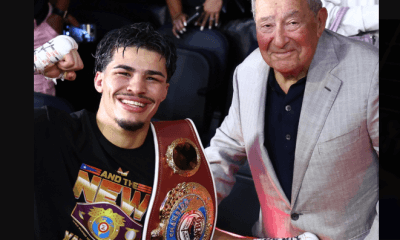
 Featured Articles4 weeks ago
Featured Articles4 weeks agoThe Hauser Report: Zayas-Garcia, Pacquiao, Usyk, and the NYSAC
-
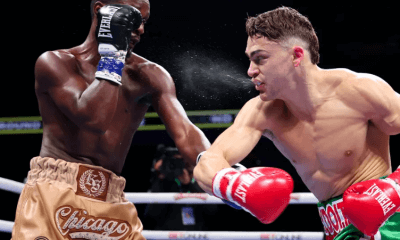
 Featured Articles3 weeks ago
Featured Articles3 weeks agoOscar Duarte and Regis Prograis Prevail on an Action-Packed Fight Card in Chicago
-
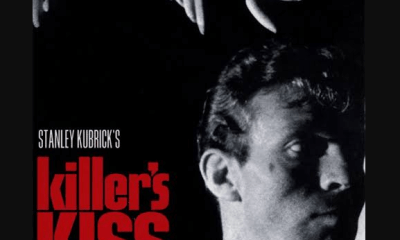
 Featured Articles3 weeks ago
Featured Articles3 weeks agoThe Hauser Report: Cinematic and Literary Notes
-
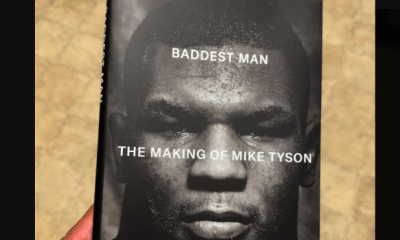
 Book Review2 weeks ago
Book Review2 weeks agoMark Kriegel’s New Book About Mike Tyson is a Must-Read
-
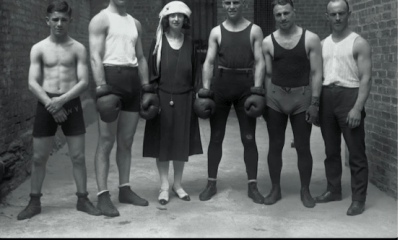
 Featured Articles4 days ago
Featured Articles4 days agoThe Hauser Report: Debunking Two Myths and Other Notes
-

 Featured Articles4 weeks ago
Featured Articles4 weeks agoRemembering Dwight Muhammad Qawi (1953-2025) and his Triumphant Return to Prison
-
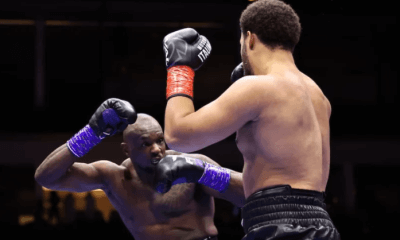
 Featured Articles1 week ago
Featured Articles1 week agoMoses Itauma Continues his Rapid Rise; Steamrolls Dillian Whyte in Riyadh
-
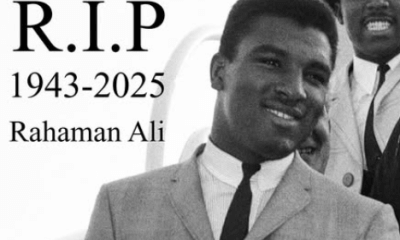
 Featured Articles3 weeks ago
Featured Articles3 weeks agoRahaman Ali (1943-2025)















